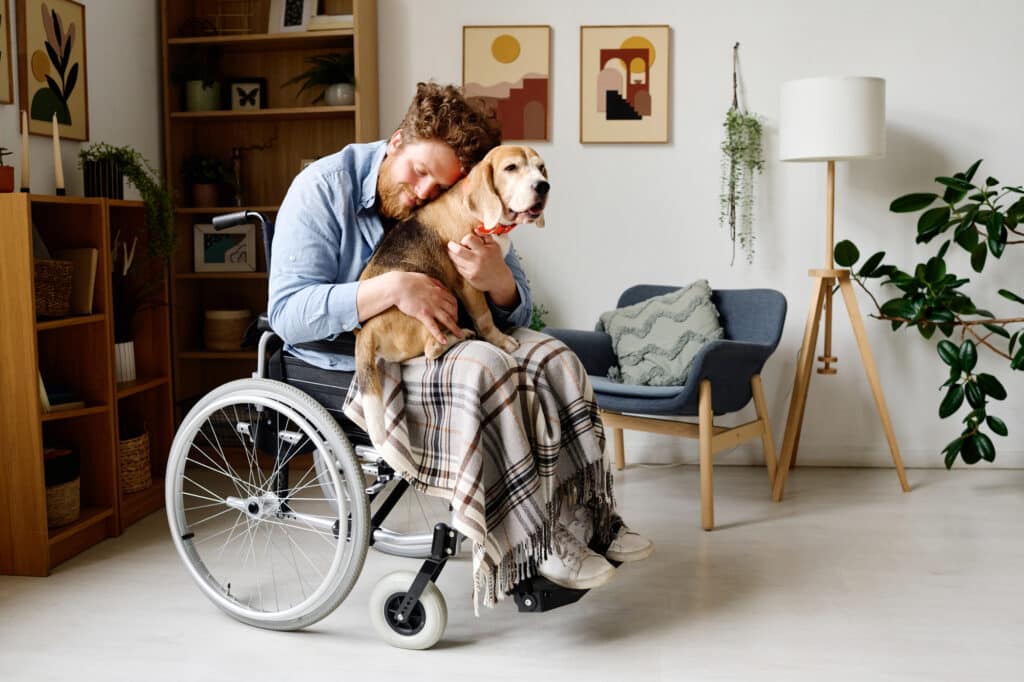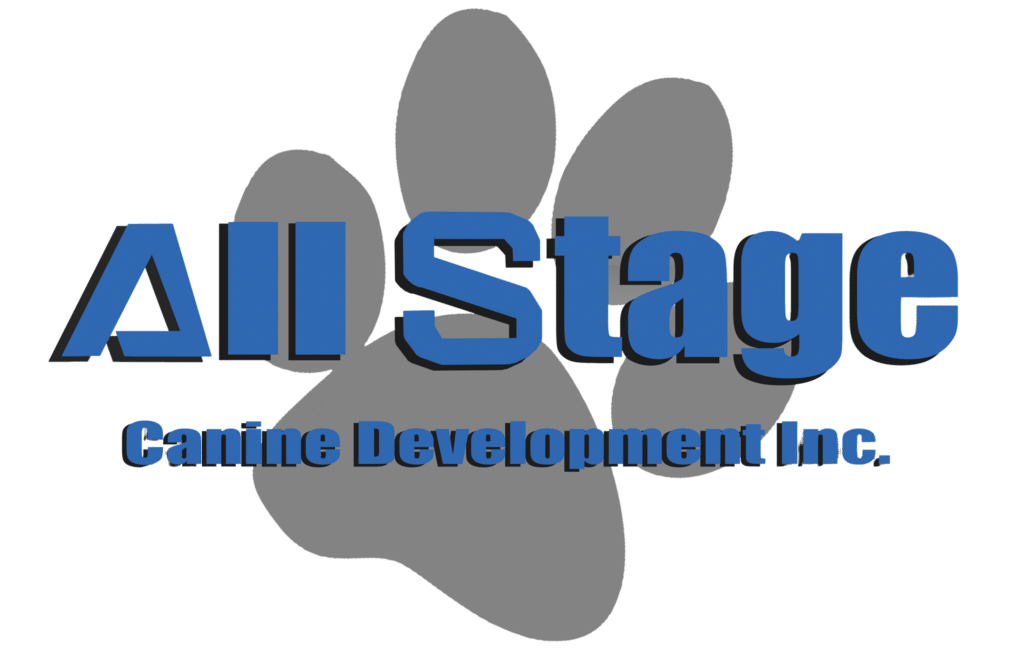
Muscular dystrophy is a debilitating genetic disorder that affects the muscles, resulting in gradual muscle wasting and weakness. People living with muscular dystrophy often struggle with mobility and daily activities due to their muscle limitations. This is where mobility and medical service dogs come in. These highly trained dogs provide invaluable assistance and support to individuals with muscular dystrophy, enhancing their independence and improving their quality of life. In this article, we will explore the various roles and benefits of mobility and medical service dogs for individuals with muscular dystrophy.
Understanding Muscular Dystrophy
Muscular dystrophy refers to a group of genetic disorders characterized by muscle weakness and muscle loss. The disease varies in its presentation, with some forms appearing in childhood and others later in life. One of the most well-known forms of muscular dystrophy is Duchenne muscular dystrophy, which primarily affects boys and is usually diagnosed in early childhood. Another common form is Becker muscular dystrophy, which has a later onset and milder symptoms.
Muscular dystrophy affects not only the muscles responsible for movement but also those that control breathing and the heart. This progressive condition can severely impact the individual’s ability to perform daily tasks, resulting in a decreased quality of life.
Understanding Mobility and Medical Service Dogs
Mobility and medical service dogs are specially trained canines that assist individuals with disabilities, including those with muscular dystrophy. These trained animals can perform a wide range of tasks that help enhance the independence and functionality of their owners. The tasks performed by these dogs are tailored to the individual’s specific needs and can include:
- Retrieving objects.
- Opening doors.
- Turning on light switches.
- Even performing specific medical actions like alerting for seizures or monitoring blood sugar levels in individuals with diabetes.
Roles and Benefits of Mobility and Medical Service Dogs for Individuals with Muscular Dystrophy
Mobility and medical service dogs play a crucial role in the lives of individuals with muscular dystrophy. Here are some of the key roles and benefits they provide:
1. Assistance with Mobility:
One of the primary functions of these dogs is to support individuals with muscular dystrophy in their mobility. They can be trained to provide balance and stability while walking or assist with transferring from one surface to another, such as from a wheelchair to a bed. The dogs can also be taught to fetch and carry items, reducing the need for the individual to strain their muscles or rely on others for assistance.
2. Emotional Support:
Living with muscular dystrophy can be emotionally challenging, and mobility and medical service dogs offer valuable emotional support to their owners. These dogs provide companionship, love, and comfort, reducing feelings of isolation and depression. They also serve as a source of motivation, encouraging their owners to remain active and engaged in daily activities.
3. Increased Independence:
Mobility and medical service dogs empower individuals with muscular dystrophy to become more independent. By performing tasks that would otherwise require the assistance of another person, these dogs enable their owners to perform daily activities with greater ease and freedom. This increased independence enhances the individual’s self-esteem and overall quality of life.
4. Improved Safety:
Muscular dystrophy can make individuals more prone to falling and other accidents. Mobility and medical service dogs are trained to detect hazards and prevent accidents from happening. They can assist in navigating stairs, avoiding obstacles, and providing stability during transfers, reducing the risk of injury for their owners.
5. Socialization Opportunities:
Individuals with muscular dystrophy can sometimes feel isolated or excluded from social activities due to their physical limitations. Mobility and medical service dogs can help bridge this gap by serving as conversation starters and icebreakers. These dogs attract attention and can initiate conversations, allowing their owners to engage in social interactions and feel more connected to their communities.
Training and Certifications for Mobility and Medical Service Dogs
Mobility and medical service dogs undergo extensive training to make sure they can perform their tasks reliably and safely. The training process typically involves teaching the dog basic obedience commands and gradually introducing specific tasks tailored to the individual’s needs. The training can take several months to years, depending on the complexity of the tasks involved.
It is important to note that there is no official certification or licensing requirement for mobility and medical service dogs. However, organizations such as Assistance Dogs International (ADI) and the International Association of Assistance Dog Partners (IAADP) provide guidelines and standards for the training and ethical treatment of these service animals. It is essential to work with reputable organizations or trainers and ensure that the service dog receives regular medical check-ups and vaccinations.
Mobility and medical service dogs are invaluable companions and helpers for individuals living with muscular dystrophy. These highly trained animals provide physical assistance, emotional support, and increased independence to their owners. They play a crucial role in improving the quality of life for those with muscular dystrophy, allowing them to navigate daily challenges with greater ease and confidence. While the training process for these dogs is robust and time-consuming, the benefits they bring to individuals with muscular dystrophy are immeasurable.



